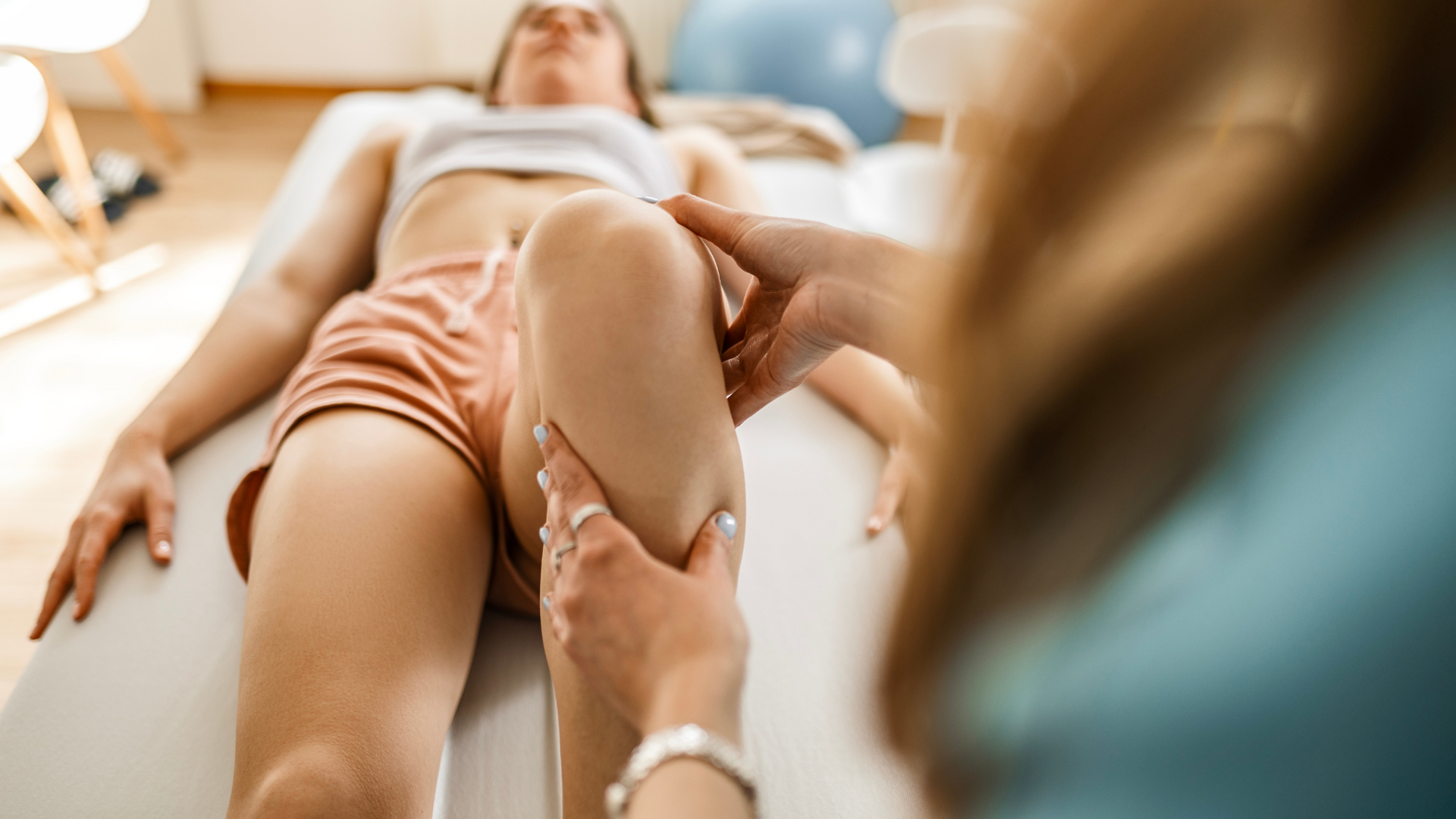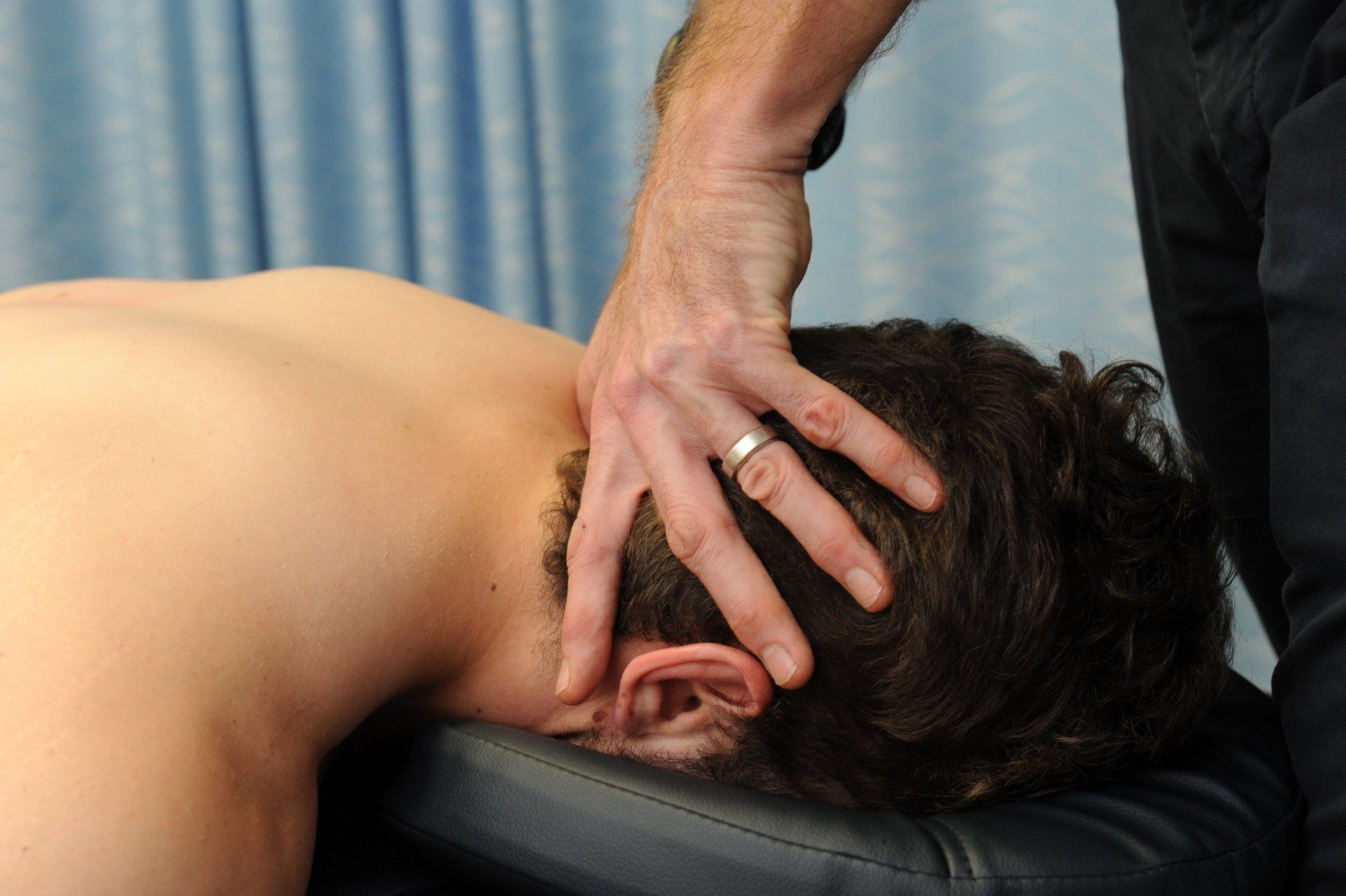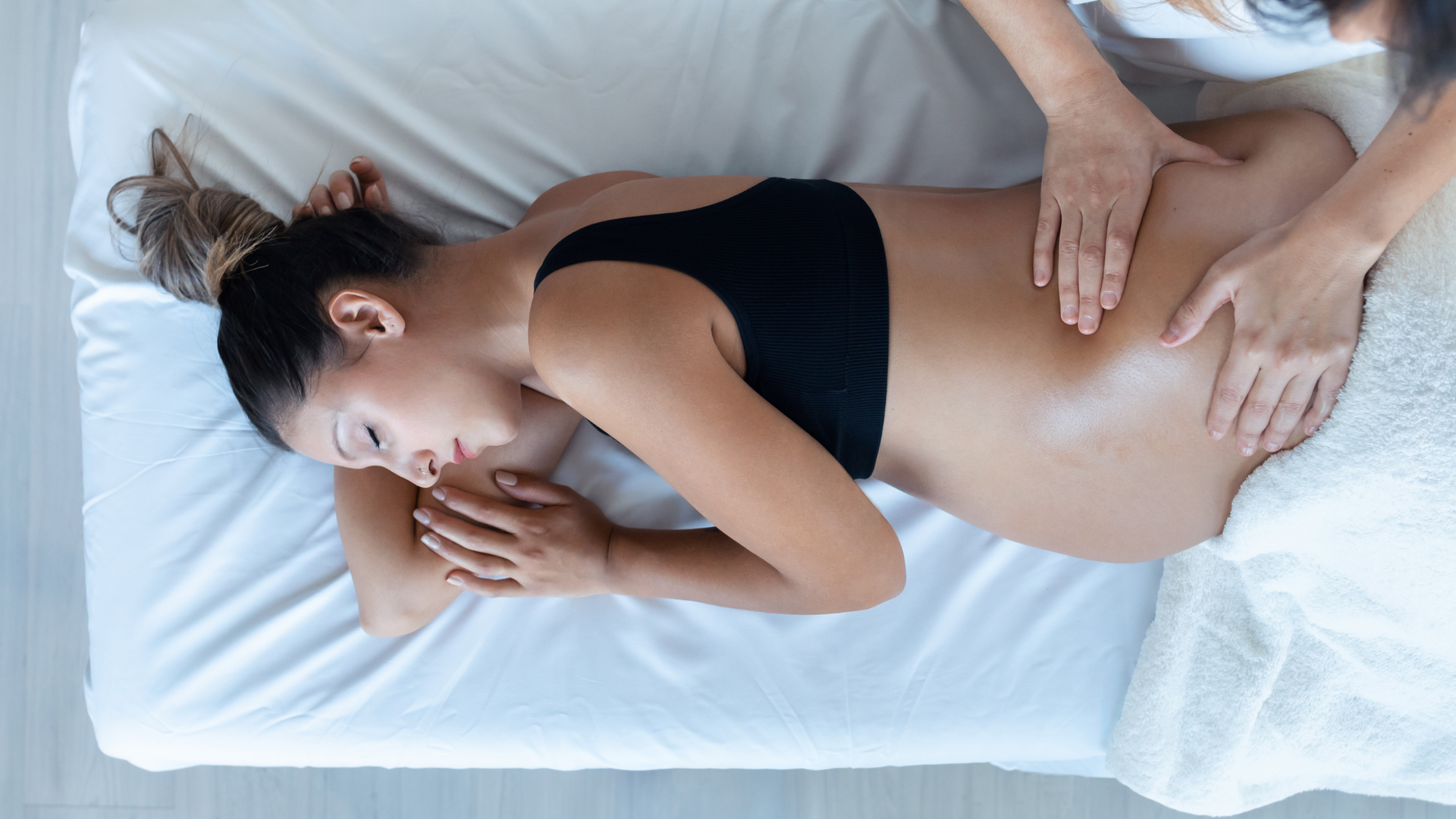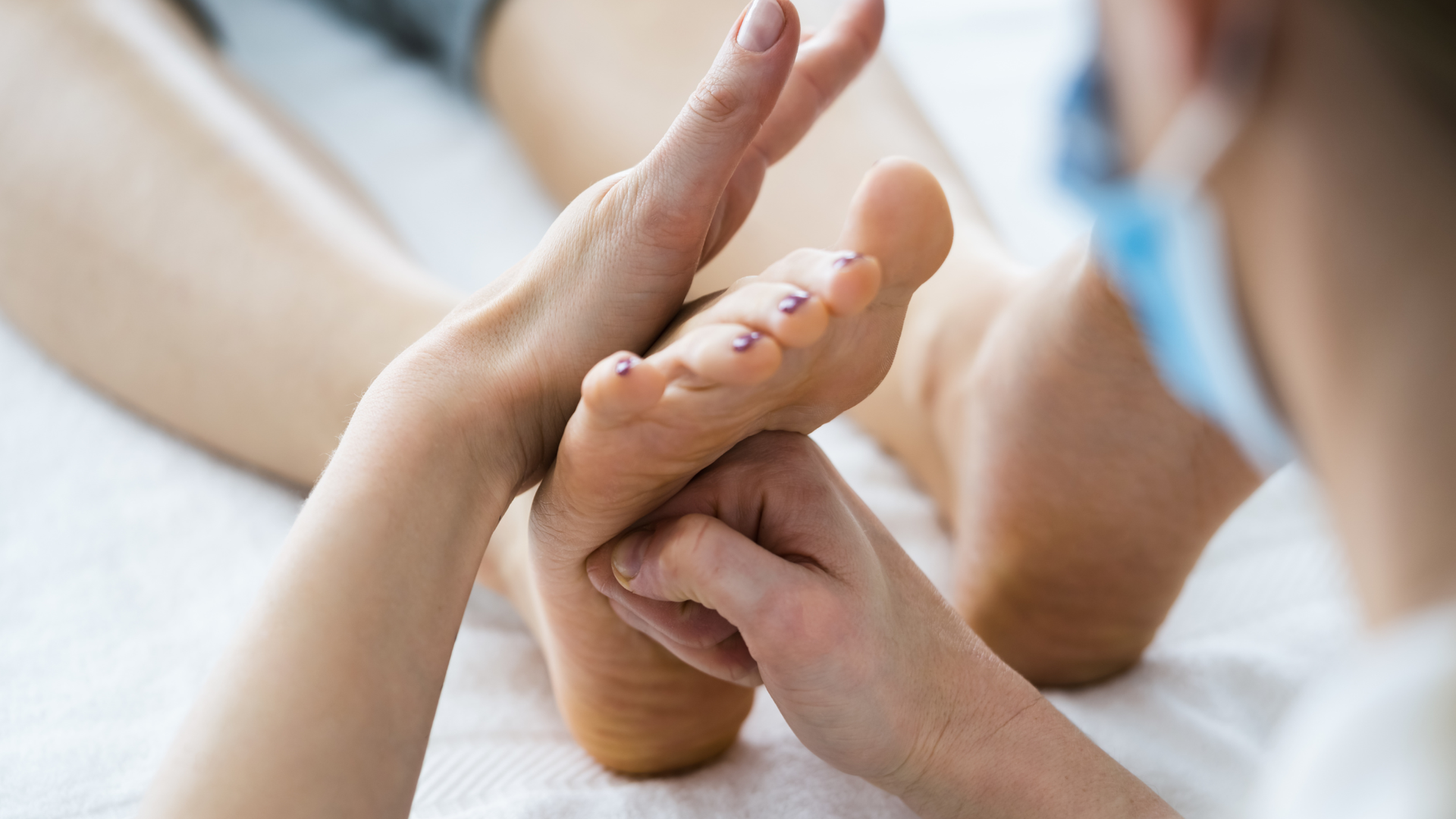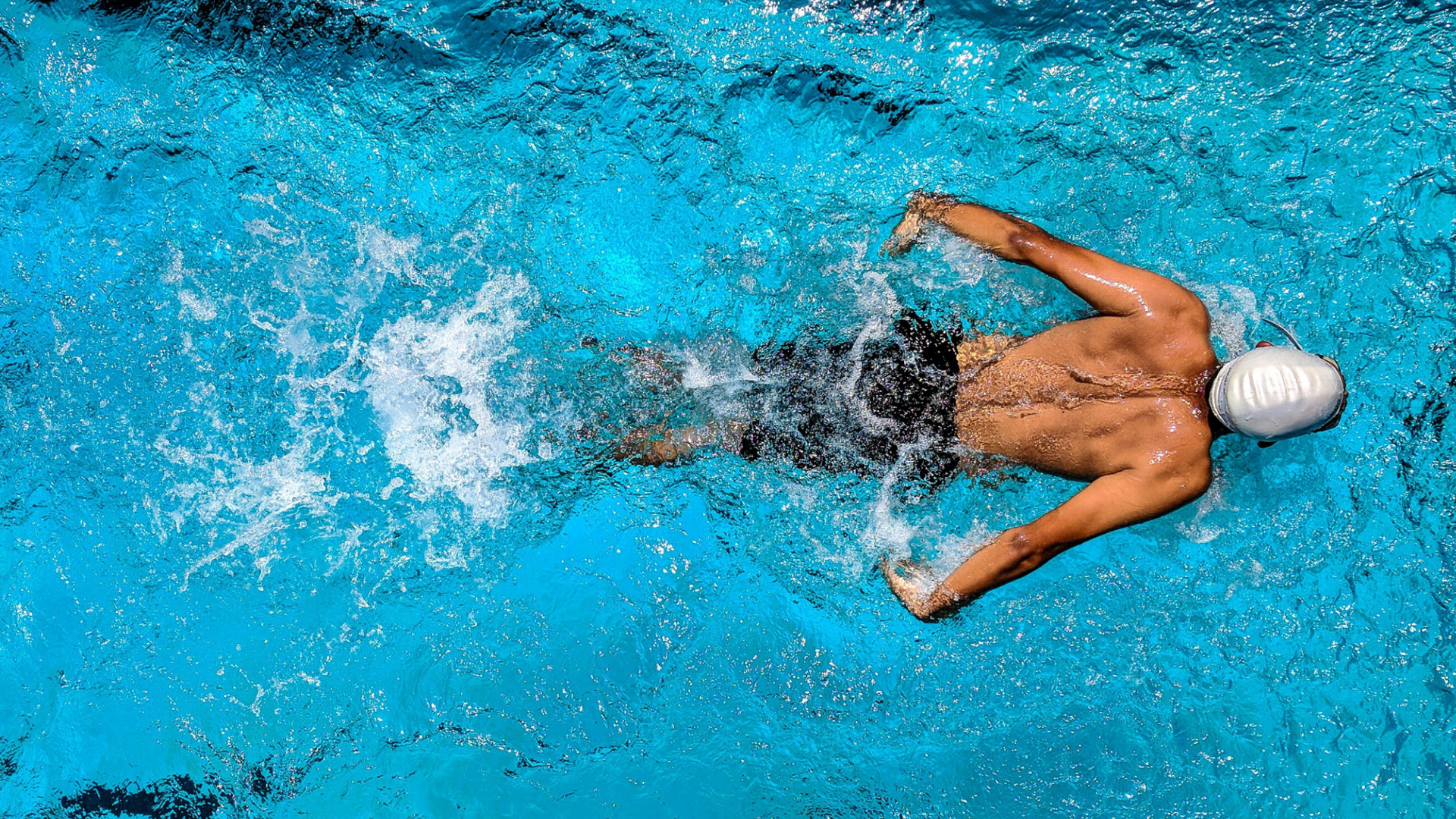Heel Pain - Retrocalcaneal Bursitis
Getting heel pain? It could be from running too much or high heels!
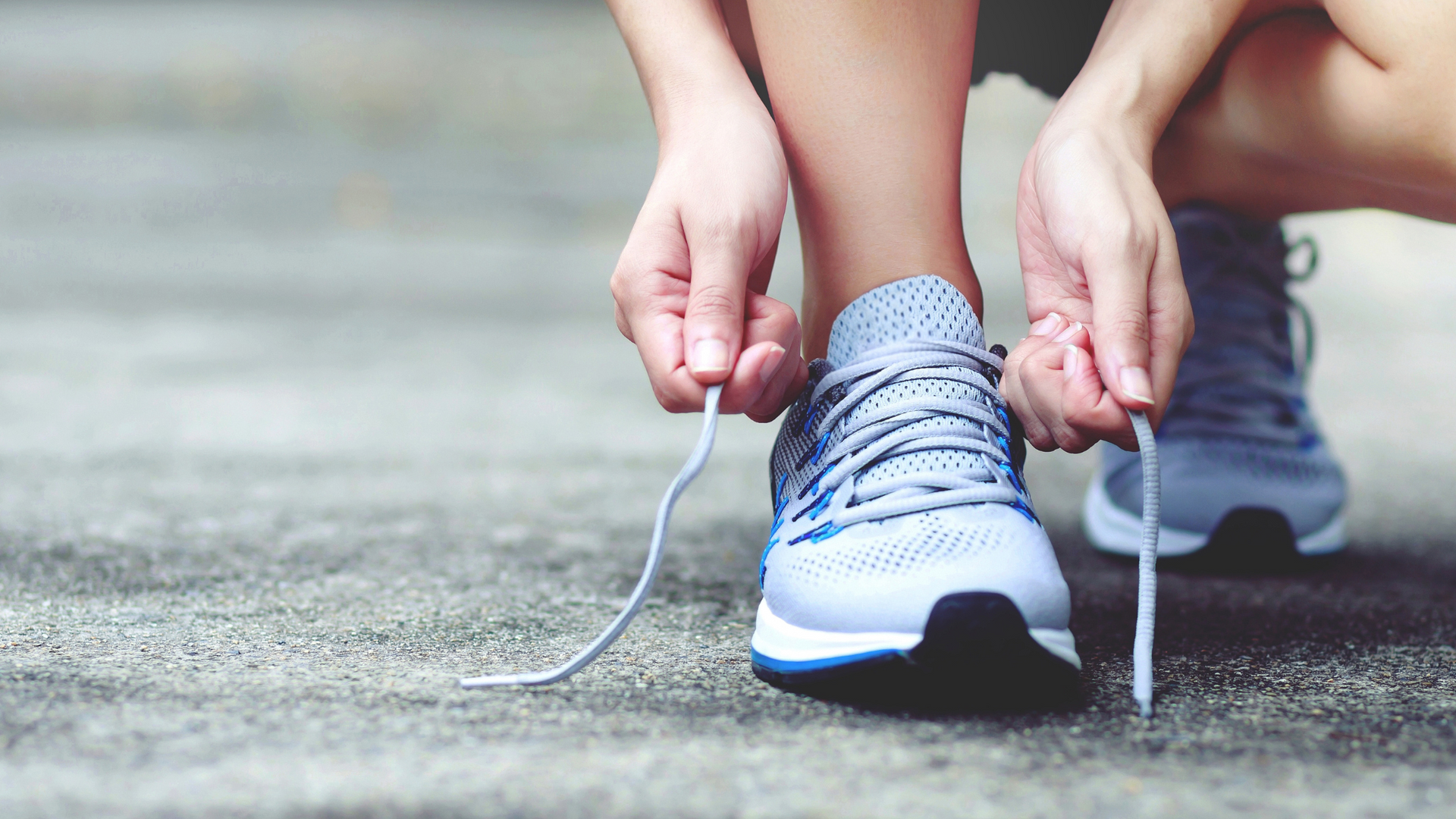
Retrocalcaneal bursitis is a painful condition felt in the lower Achilles tendon and heel region. Common in active populations such as sports persons and defense force personnel, it is characterized by inflammation of the bursa located between the calcaneus (heel bone) and the Achilles tendon.
A little bit of anatomy
A bursa is a small, thin sac of fluid that functions to reduce friction between moving parts in joints of the body and to cushion and absorb pressure. We have a lot of bursae in the human body – up to 160 – and most are susceptible to irritation and inflammation. The retrocalcaneal bursa sits between the Achilles tendon and the calcaneus and is intimately related to both the tendon and the bone. While irritation and inflammation of the bursa can occur in isolation, it is more frequently found in conjunction with Achilles tendinopathy.
Who gets it?
Bursitis develops when the fluid content of the bursa increases in response to irritation and inflammation. The most common causes of this are overuse, repetitive stress, or direct trauma to the heel, thus why it is common in athletes and sports people. However it also has a high incidence in people who are accustomed to wearing high heel shoes for prolonged periods of time. High heels keep the Achilles tendon in a shortened position. When individuals transition to flat shoes, the tendon is exposed to increased stretch, irritating the Achilles tendon and its associated bursa.
Less commonly, retrocalcaneal bursitis can result from infection or indicate systemic disease such as gout, rheumatoid arthritis, and seronegative spondyloarthropathies – best to consult a health professional to get a clear diagnosis.
Diagnosing Retrocalcaneal Bursitis
Most people who develop retrocalcaneal bursitis present with reasonably consistent signs and symptoms. These might include:
- Pain at the back of the heel that is worse when trying to run uphill.
- Pain when in tiptoe position.
- Tenderness at the back of the heel, aggravated by tight fitting shoes.
- Swelling at the back of the heel.
- Pain with activities that load the calf.
The challenge is that Retrocalcaneal bursitis rarely presents in isolation, which means if you have bursitis, you probably have a tendon issue as well. A careful assessment by the physiotherapist will help to rule out or rule in other pathologies such as posterior ankle impingement, Achilles tendinopathy, Achilles tendon tear, or a Haglund deformity.
Do I need a scan?
Probably not. In most instances, an x-ray, MRI, or ultrasound will not add much to the clinical picture. In chronic presentations, x-ray might assist with determining if there is any damage to the bone where the tendon inserts. If an Achilles tendon issue is suspected, then ultrasound may assist with prognosis and planning management.
Management of Retrocalcaneal Bursitis
Physiotherapy is a crucial component of conservative management for retrocalcaneal bursitis, helping alleviate pain, restore function, and prevent recurrence. In the acute phase, rest and activity modification is first line treatment. A physiotherapist can provide guidance on suitable activity modifications and gradual return to regular activities, as well as the application of ice several times daily to assist with reducing symptoms. Wearing high heels a lot? You might need to cut back!
Stretching and strengthening programs for the Achilles tendon and calf muscles must be gentle and progressive, allowing the tendon time to adapt to the new load and reduce mechanical stress on the bursa. Manual therapy can assist in addressing joint stiffness, particularly around the ankle and subtalar joints, while biomechanical factors should be addressed via a strengthening program, and, where indicated, with appropriate level orthotics to de-load the back of the heel and support the foot.
Where tendinopathy is present in addition to bursitis, shockwave therapy can be beneficial, though access to this treatment remains limited and expensive in many areas.
Your doctor might prescribe a course of non-steroidal anti-inflammatory medication, and, in recalcitrant cases, corticosteroid injection into the bursa may be recommended. Surgery is only indicated for chronic cases or where a Haglund deformity is contributing to development of retrocalcaneal bursitis. In these instances surgery has been shown to be effective at reducing pain and improving function.
How long’s it going to take?
Acute first-time presentations can often be settled within 2-3 weeks, with return to normal activity in 4-6 weeks. In chronic presentations, or in the presence of Achilles tendon issues, time frames can be many months to control symptoms, load the tendon gradually and develop enough tensile resilience to cope with desired activity.
The Take Home
Retrocalcaneal bursitis is a painful, transient condition of the heel that responds very well to conservative treatment. Physiotherapy plays a vital role in addressing pain, inflammation, and mechanical stress while promoting healing and restoring function. By working closely with a physiotherapist, individuals suffering from retrocalcaneal bursitis can achieve optimal outcomes and reduce their risk of a recurrence.
Got heel pain and want to get it sorted? Give us a call now.
At Movement for Life Physiotherapy, we can assess and diagnose the cause of your heel pain and let you know whether you have bursitis, tendinopathy, or if there is something else going on. With a clear diagnosis and tailored management plan, we'll help get you back to the things you love sooner.
Give us a call now or click on BOOK AN APPOINTMENT to book online.
Sources
- Coombes BK, Bisset L, and Vicenzino B. (2018). Management of lateral elbow tendinopathy: One size does not fit all. Journal of Orthopaedic & Sports Physical Therapy, 48(11), 817-829. https://doi.org/10.2519/jospt.2018.7871
- Rahman KH, Arifeen KN, Mahmud CI, et al. (2021). A Study on Outcome of Surgical Treatment of Chronic Retrocalcaneal Bursitis. Mymensingh Medical Journal. 30(4), 903-906. PMID: 34605454.
- Roche AJ and Calder JDF. (2013). Achilles tendinopathy: a review of the current concepts of treatment. The Bone and Joint Journal. 95(1), 1299-1307.
- Sederberg M and Cushman DM. (2020). Current Treatments of Insertional Achilles Tendinopathy. Curr Phys Med Rehabil Rep 8, 354–363. https://doi.org/10.1007/s40141-020-00288-y
- Sorosky B, Press J, Plastaras C and Rittenberg J. (2004). The Practical Management of Achilles Tendinopathy. Clinical Journal of Sport Medicine 14(1), 40-44.
- Zhang C, Cao J, Yang L, and Duan X. (2021). Surgical treatment for insertional Achilles tendinopathy and retrocalcaneal bursitis: more than 1 year of follow-up. The Journal of International Medical Research. 49(3). DOI: 10.1177/0300060521992959. PMID: 33682490; PMCID: PMC7944541.
- Zhi X, Liu X, Han J. et al. (2021). Nonoperative treatment of insertional Achilles tendinopathy: a systematic review. J Orthop Surg Res 16, 233. https://doi.org/10.1186/s13018-021-02370-0
